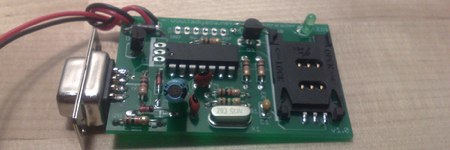[youtube=http://www.youtube.com/watch?v=Ht96HJ01SE4]
Here’s another junk music performance to add to the list. [bd594] put together this rendition of Queen’s Bohemian Rhapsody on assorted computing equipment. The lead piano sound is from an Atari 800XL. Lead guitar is a Texas Instruments TI-99/4a. An 8inch floppy plays bass while a HP ScanJet 3C covers the vocals. He had to dub the scanner four times to get all of the vocal parts. He wanted to use four independent scanners but the prices on eBay were forbidding. The use of oscilloscopes to show the wave forms in the video is a nice touch. Check out our post about Radiohead’s Nude for more examples of this.
[via adafruit]















